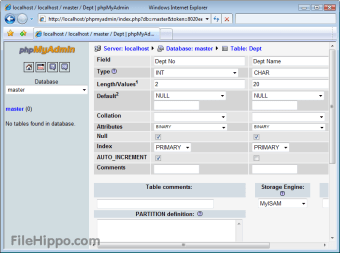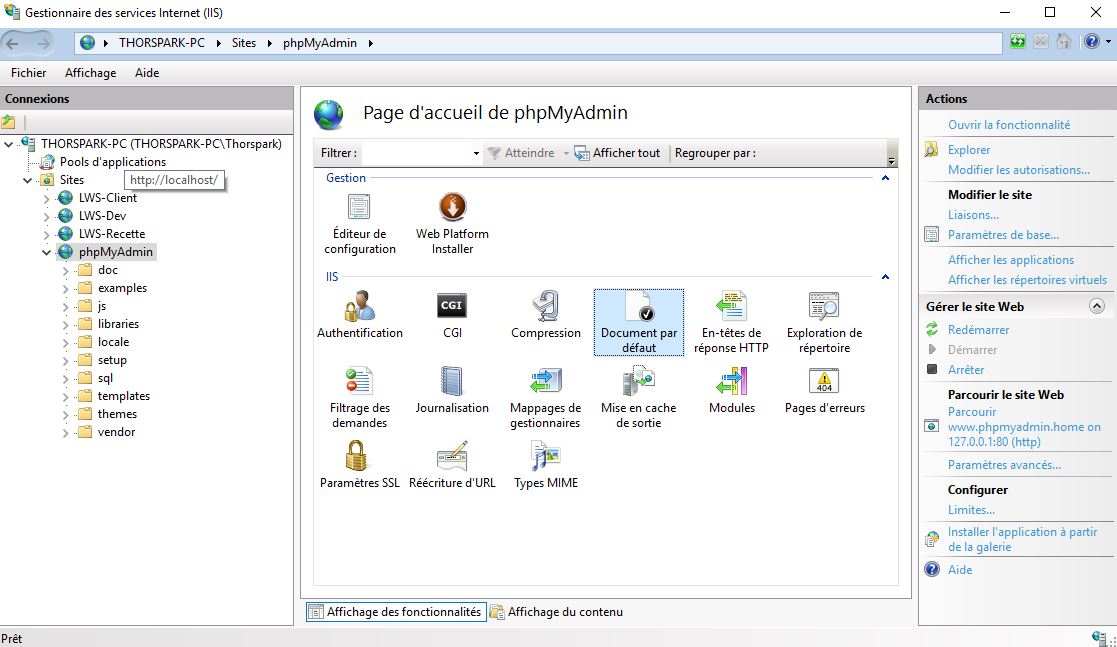

LoadModule rewrite_module modules/mod_rewrite.so First, find the mod_rewrite.so and remove # to uncomment it: In nf, there is a big list of various LoadModule commands. We do this by adding a PHP server module using the LoadModule directive. We still need to tell Apache, where the PHP is located. In the above code, the index.html will have priority if both index.html and index.php exist on the same folder.Īt this moment, Apache will not yet process the. Find the following line inside nf:Ĭhange it to: DirectoryIndex index.html index.php Next, we need to set the index.php as default page. htaccess, the WordPress s will not work as discussed in this article. This change is needed for WordPress due to. Inside the directive we just mentioned, find the following line: Note: The folder separator in the path should contain forward slashes / instead of Windows backslashes \ Some WordPress plugins also need other extensions to be enabled, such as curl and fileinfo extension, so you might also uncomment those, but for basic WordPress installation, mysqli and openssl extension is all we need. Find this extension (it should be few lines above extension=openssl) and remove the comment so it will look like this: We also need to enable mysqli extension for the MySQL library.
Phpmyadmin windows 10 install update#
We need openssl extension to be able to update WordPress plugins, otherwise, we get the " No working transports found" error discussed in this article. Remove the comment by removing semicolon so that the line looks like this: extension=openssl
Phpmyadmin windows 10 install .dll#
dll libraries.īy default, all these extensions are commented out, but we need to enable a few of them. This is the folder containing various PHP extension. We uncommented the line by removing semicolon at the beginning and added path to ext folder, which in our case is C:\php8\ext. Open php.ini-development in the text editor so we can make the following modifications:Ĭhange it to this: extension_dir = "C:\php8\ext" We will make some changes to it and then save it as php.ini file.

The main difference is that in the development version, the warnings and errors are not hidden, so we will use that one. Instead, you should see two configuration files, php.ini-development and php.ini-production. The extracted files inside C:\php8 will not have the php.ini file. The php.ini is a default PHP configuration file where we declare changes to the PHP behavior.


 0 kommentar(er)
0 kommentar(er)
